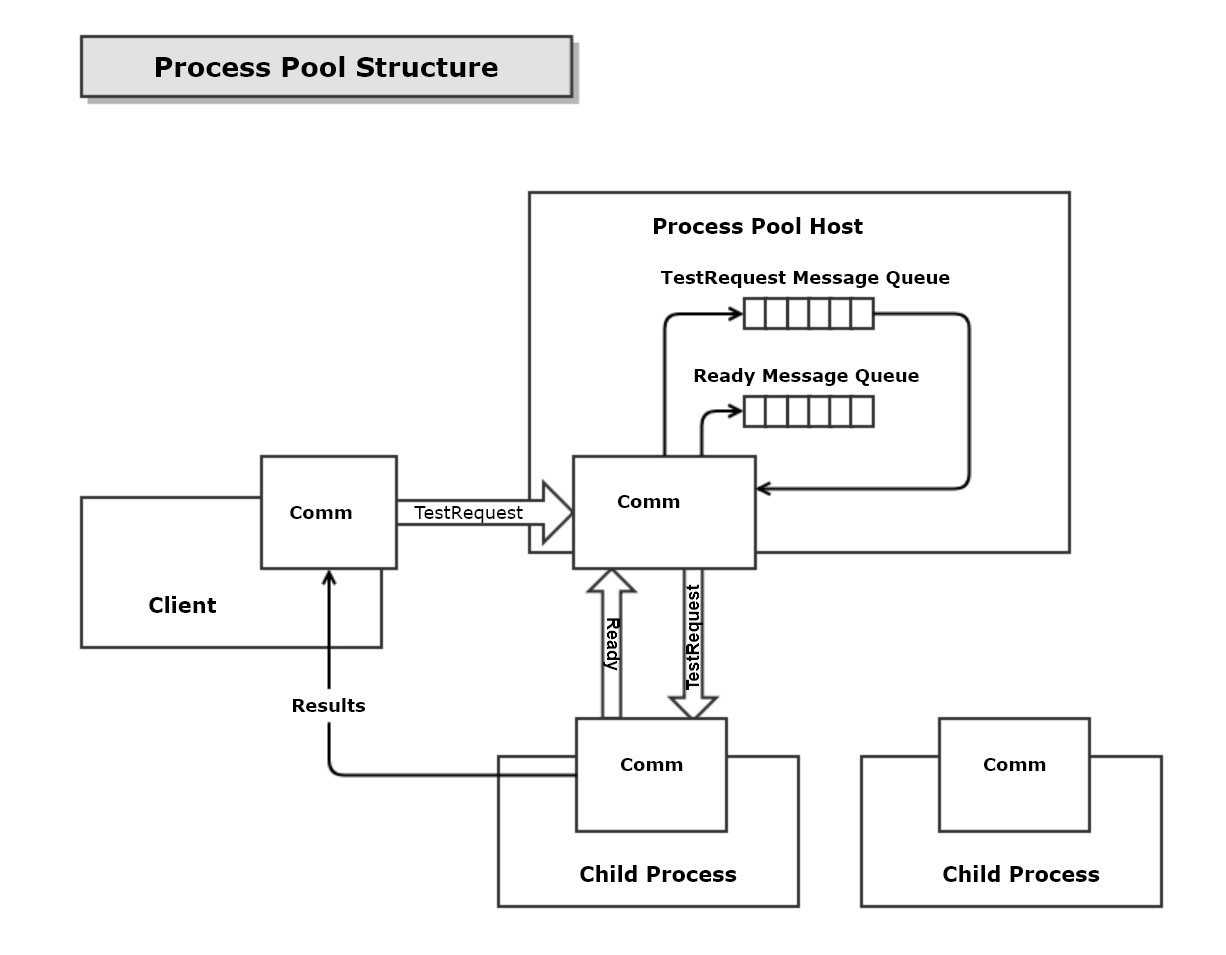Purpose:
One focus area for this course is understanding how to structure and implement big software systems. By big we mean systems that may consist of hundreds or even thousands of packages1 and perhaps several million lines of code. We won't be building anything quite that large, but our projects may be considerably bigger than anything you've worked on before.-
Message-Passing Communication
Blog on asynchronous communication. -
Comm diagrams
Diagrams used in the second Sockets Lecture. -
Class diagram
Class diagram for the Comm Channel.

-
Defining messages:
Messages are used for communication between client and test server. Each message contains: source and destingation addresses, a specified request for processing or results of processing, and may contain other attributes you deem important or useful for your design. In this project, we will implement HTTP "style" messages. Each message consists of a header with a sequence of attributes expressed as a text line with name and value, and may include a block of bytes in an optional message body.
-
Erecting a Communication Framework:
Erect a framework for passing addressible messages used for requests, replies, and notifications. This should be relatively straight-forward because you will find a nearly complete implementation of the Comm Channel in the Cpp Repository.
-
Creating a Framework for Hosting a Process Pool:
The TestHarness host will need to incorporate the Comm Channel and carry out the following activities:
- Create a specified number of Child Processes which execute all the tests. You will find a Process Class in the Repository/Cpp folder. That shows you how to create a Win32 Process.
- Post client TestRequest messages to the TestRequest Queue and Child Ready messages to the Ready Queue with a receive thread.
- Dequeue, on its main thread, TestRequests and Ready messages from its internal queues. It may block on either the TestRequest queue or the Ready queue, but when it eventually returns, it has a TestRequest and a child ready to process it. Note that the only purpose of the Ready Queue is to block the TestHarness main thread until a Child Process is ready. Consequently, the Ready messages are used only to find the address of the ready Child, and are then discarded.
-
Demonstrating operation with concurrent clients:
Show that clients can send requests and receive replies to those requests concurrently with messaging between other clients and the server.
